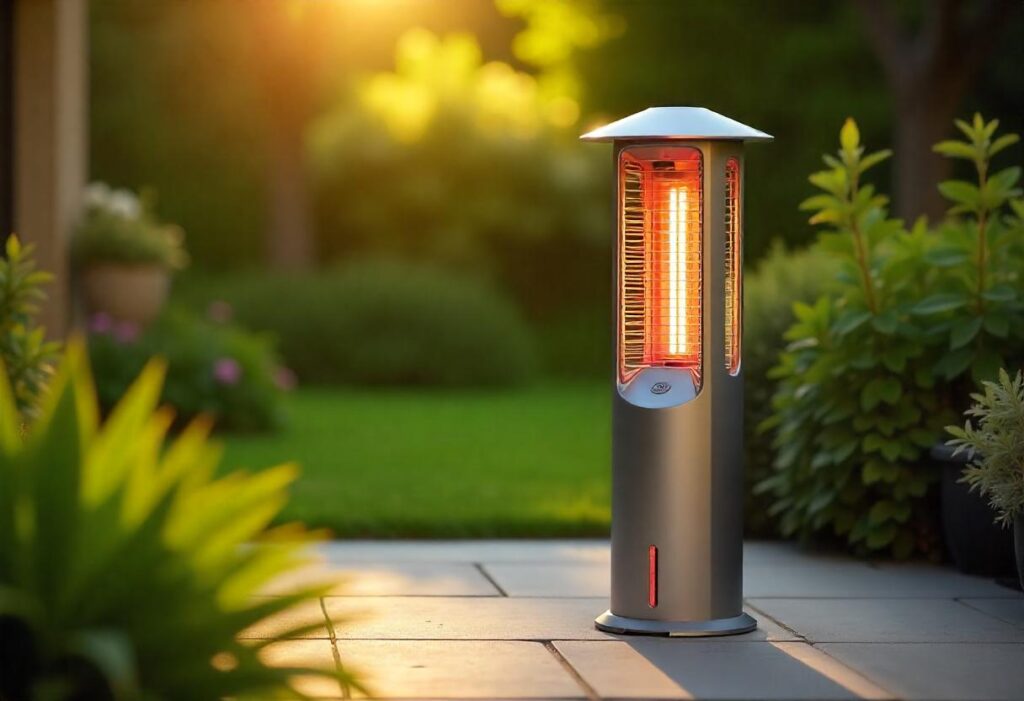When it’s cold and you’re looking to max out your portable heating options, safety is a top priority. And though a lot of heaters indeed run scorching to the touch, more and more models now come with a “cool-to-the-touch exterior.” This cutting-edge technology is a lifesaver for families with children, pets, and anyone who craves convenience and peace of mind. But just what is that feature, and how does it work? Let’s dive in.
What Are “Cool-to-Touch” Heaters?
Coling is a safe way to structure the Heating Element Appliance. A cool-to-touch heater is a heating appliance with an outer case that does not become dangerously hot, even when the heating element inside reaches a red or white hot temperature. This function prevents burns that may occur from accidentally touching the unit’s surface – a common problem among space heaters these days.
All heaters carry some level of risk, but those with cool-to-touch surfaces are much less likely to cause injury, particularly in busy places or small areas where a heater is expected to end up in use on the floor.
How Does the Technology Work?
The technology that makes the surface cool to the touch is mainly comprised of two types of heaters: ceramic heaters, some models of oil-filled column heaters, and panel heaters.
Ceramic Heaters: This type features a cool-to-touch design that is more effective and better utilized. Electricity warms up ceramic plates in a ceramic heater, which are good at sucking in and holding on to heat. A fan circulates air across the hot plates, transferring the warm air into the room. It is well-insulated, so the heat stays in and the outside of the unit remains at a safe level. The ceramic also cools a lot quicker than classic metal emitters: it’s safer to use as it’s cooler to touch.
Oil-Filled Column Heaters and Panel Heaters: Some newer oil-filled and panel heaters are also ‘cool to the touch’ compared to older designs. They are still designed to get warm, but manufacturers have made design changes to reduce the surface temperature. For instance, some steel panel radiators now come with an enable Safe Touch Panel” concept to ensure surface temperatures do not exceed 50°C (122°F) and therefore are also suitable for use in childcare and aged care facilities.
Infrared Heaters: Some infrared heaters, especially outdoor or specialty applications, have incorporated patented “Safe to Touch” technology publicly. The design can help concentrate the heat onto the spot while keeping the casing safe to touch and avoiding scalding.
Key Benefits of Cool-to-Touch Heaters
Cool-to-touch is more than a marketing gimmick; it offers real-world advantages for consumers:
Increased Safety: The first and foremost advantage is super simple. It significantly minimizes the risk of burning to children, pets, and adults touching heaters.
Peace of Mind: This is golden, especially for parents or pet owners! You can have the heater in your sleeping room or living room without keeping an eye on the risk of fire.
Flexible Positioning: You still want to adhere to the “leave a metre for heaters” rule, and you do want to keep the unit away from flammables, but with the cooler exterior, you have a little more freedom where you can put the Evapolar. You have the option to use it in more confined quarters or situations where an accident is more likely to happen.
Durability: Being insulated, you can trust that the heater is made of high-quality materials and lasts a long time.
Efficiency: As was the case with the ceramic heaters, the “cool-touch” design often means that they are effective at distributing the warmth. The fan-forced air and internal heat distribution are what can help heat the room at a great speed with very little energy wasted.
What to Look for When Buying
If a cool-to-the-touch exterior is high on your list of needs — one factor that could lead you away from the cheaper versions below — there are a few features to look for in your space heater purchase:
Ceramic Heaters: If you are the hesitant type and afraid of burns, this is going to be your best option. Check the product description or features list for such terms as “cool-touch exterior,” “safe to touch,“ or “cool-to-the-touch housing.”
What to Look For in a Space Heater Safety features: Seek out a model with safety features like tip-over protection and an automatic shut-off switch. These are common with cool-to-touch models and indicate a well-thought-out, safe product.
User Reviews: Look at what customers say about how hot the heater’s exterior gets in actual use.
Manufacturer’s Website: A good quality brand will advertise its safety features, such as cool-to-touch, on its website.
Conclusion
Cool-to-the-touch space heaters are an example of advancements in home appliance safety. Although they’re a great feature, keep in mind that no space heater is 100% safe. Always adhere to the manufacturer’s guidelines, maintain a safe distance from flammable items, and remove the plug when not in use. And you can with a cool-to-the-touch space heater you can trust to keep your family warm with zero worry; PERFECT FOR THOSE WITH KIDS, PETS, OR A SENIOR LIVING IN YOUR HOME, the exterior of our space heater DOESN’T GET HOT!

